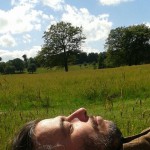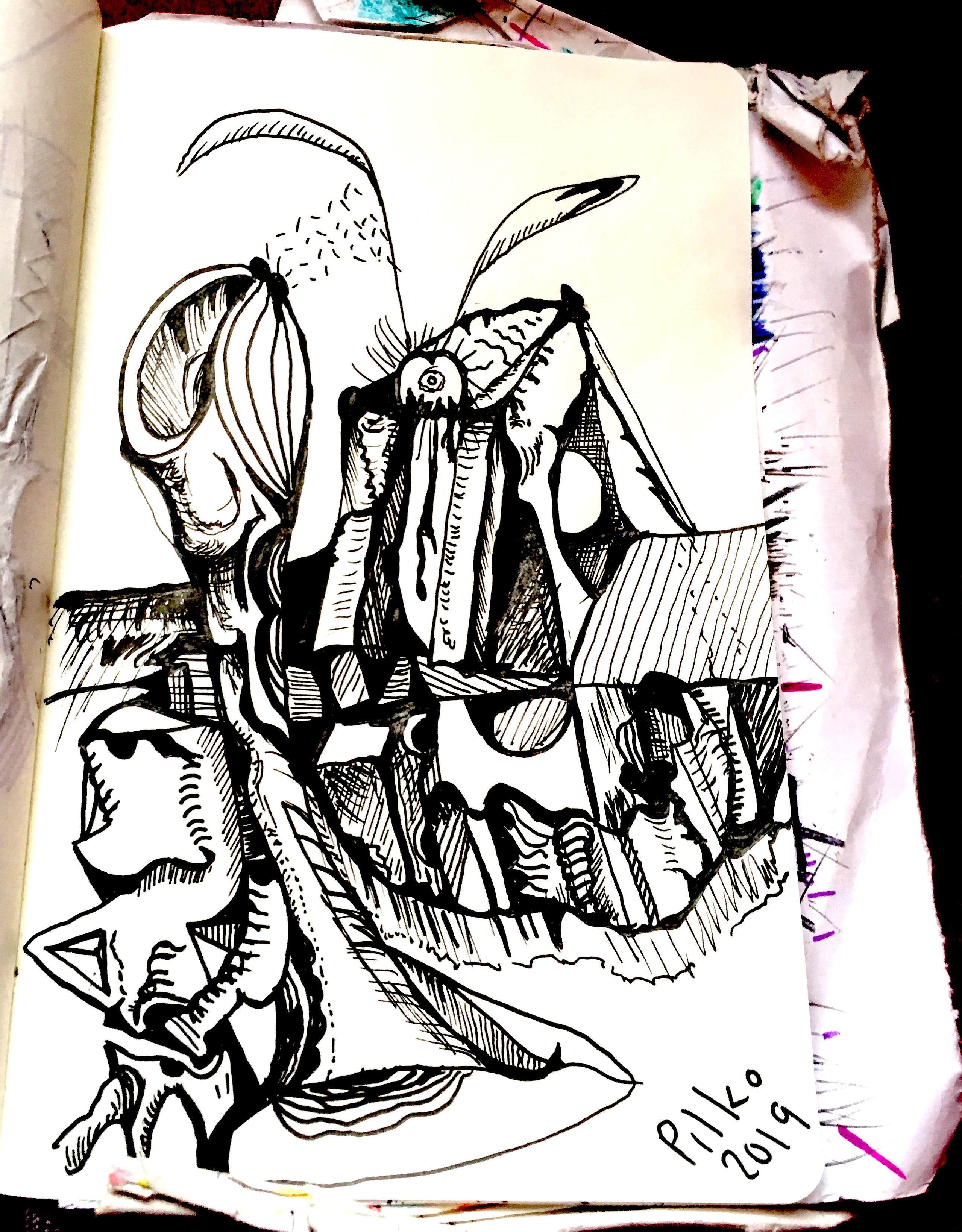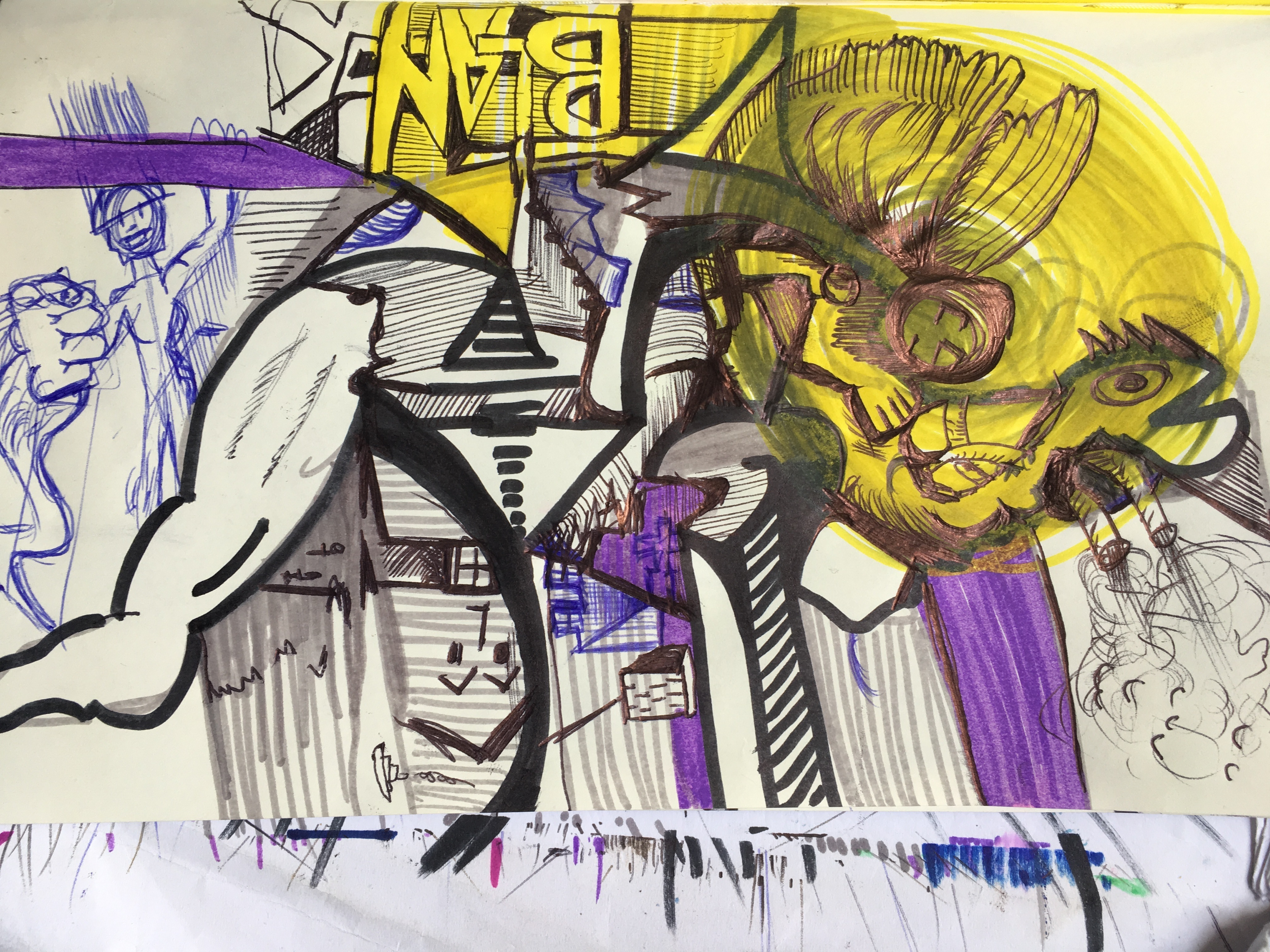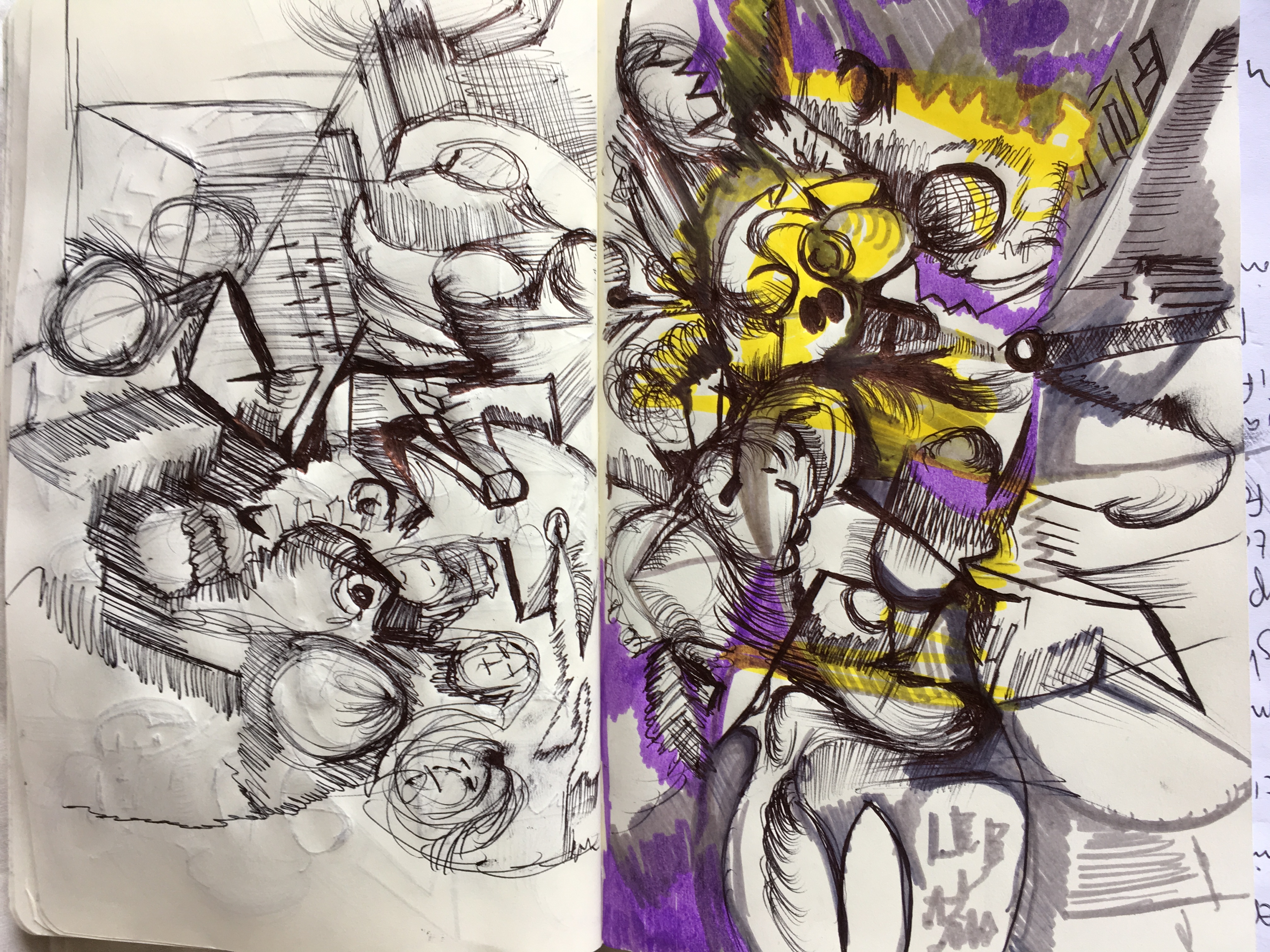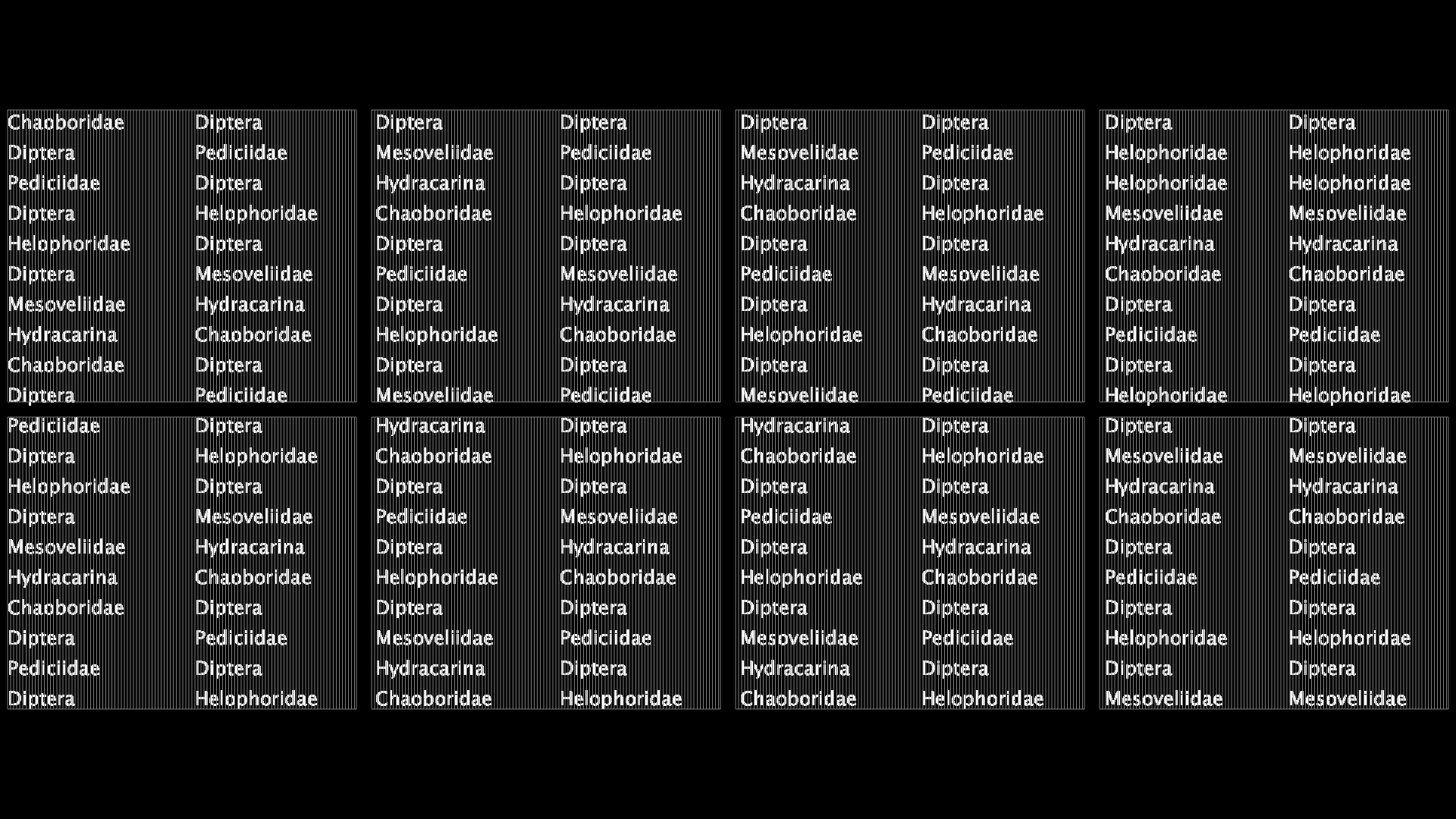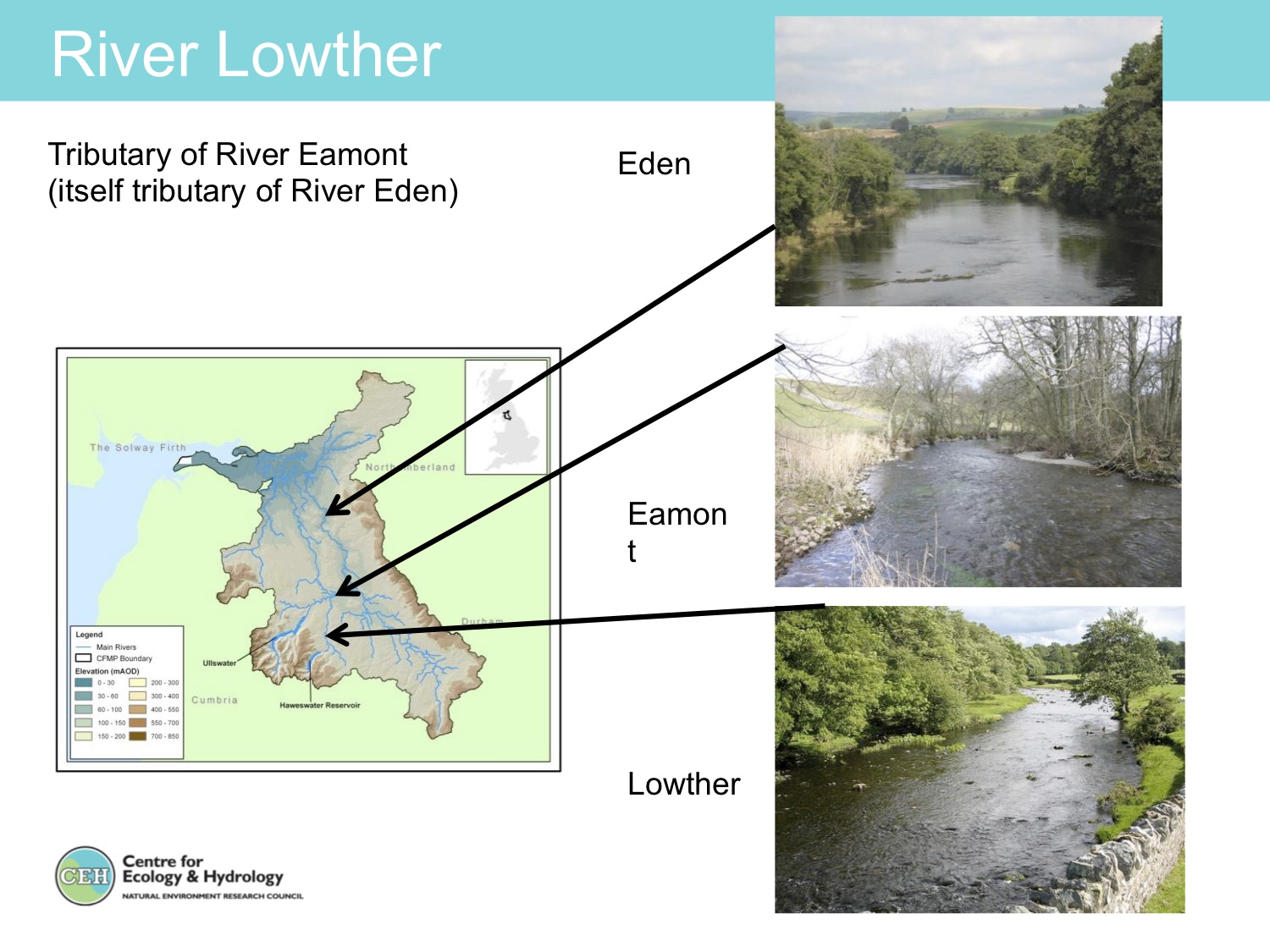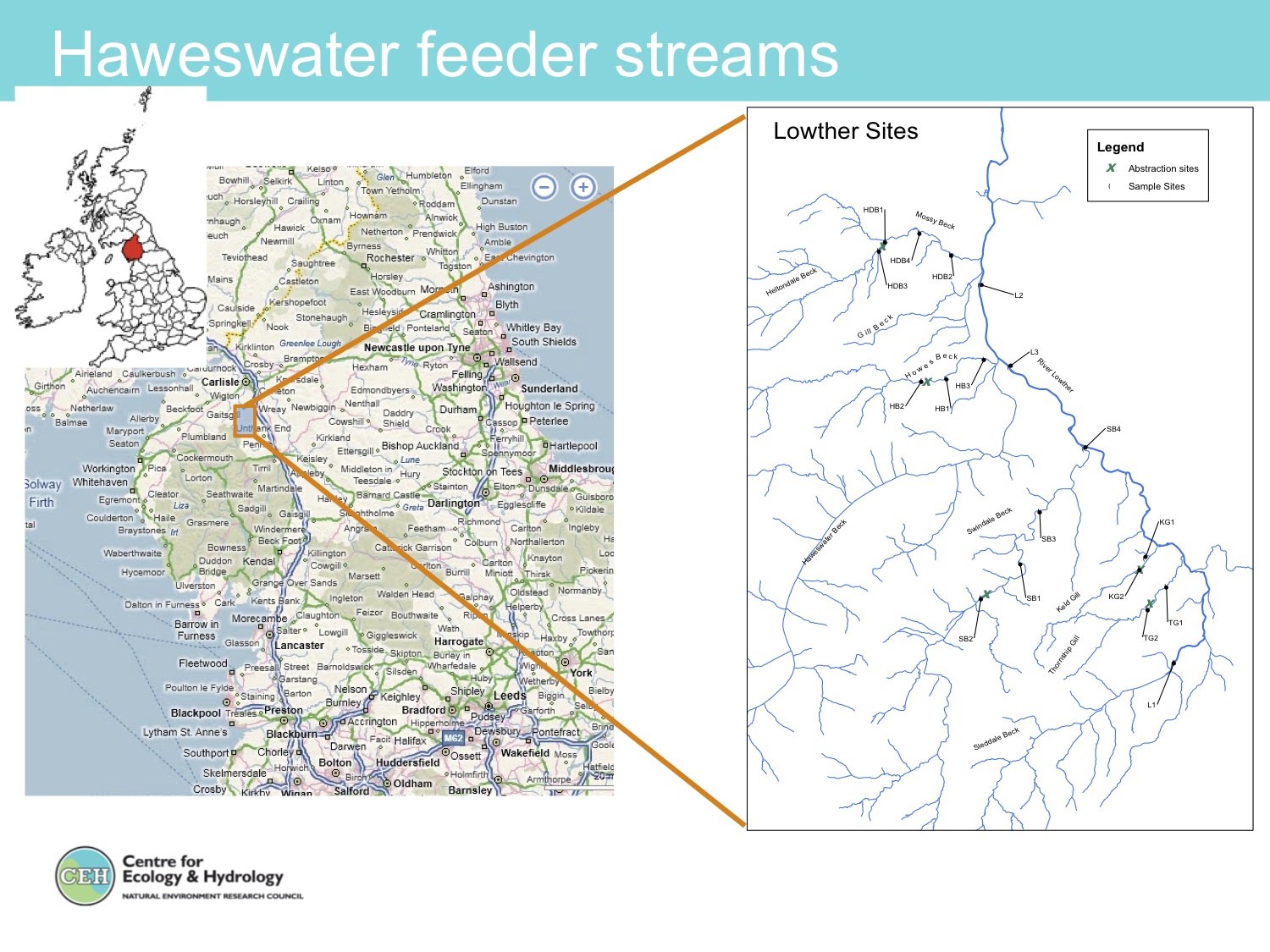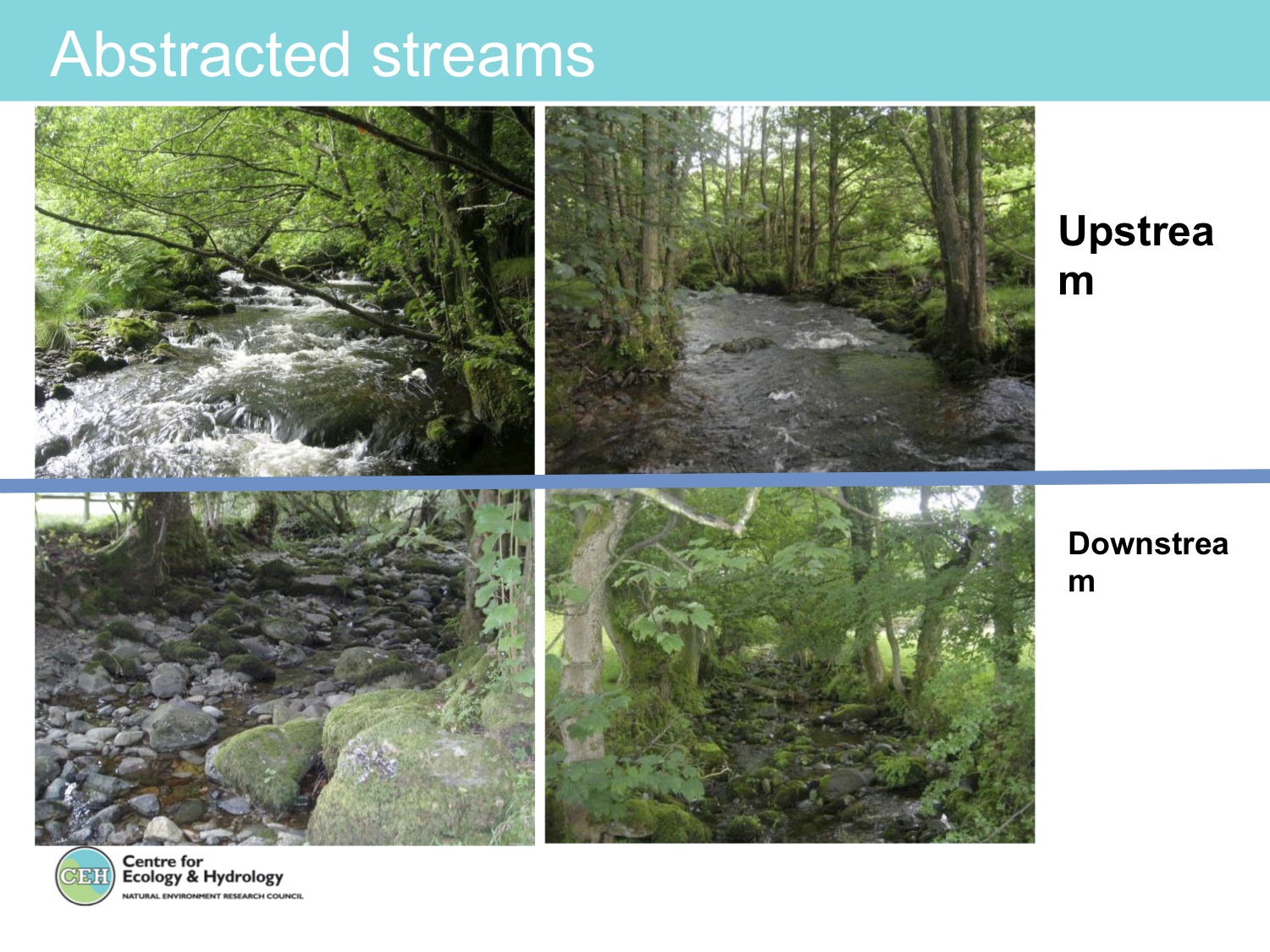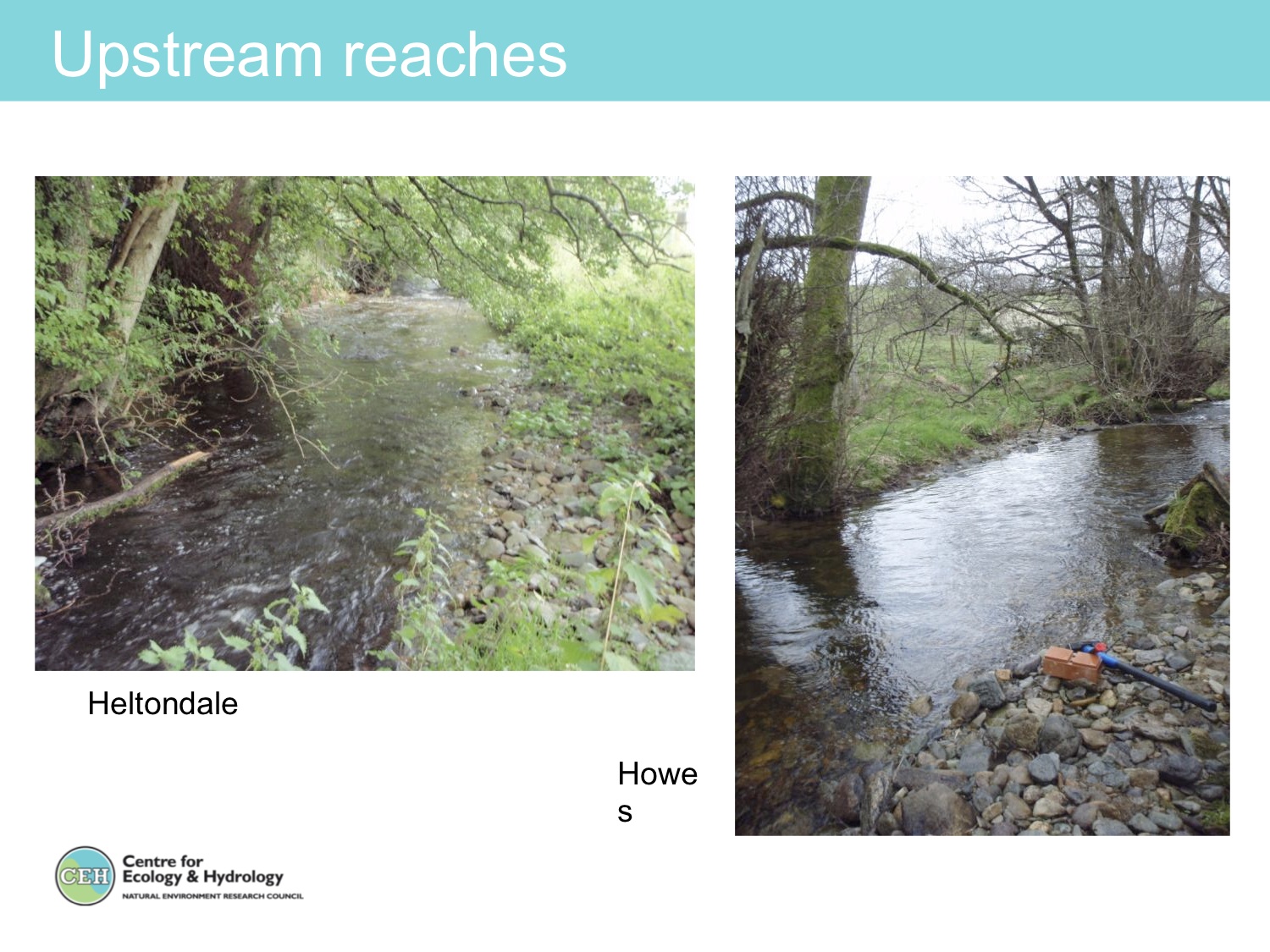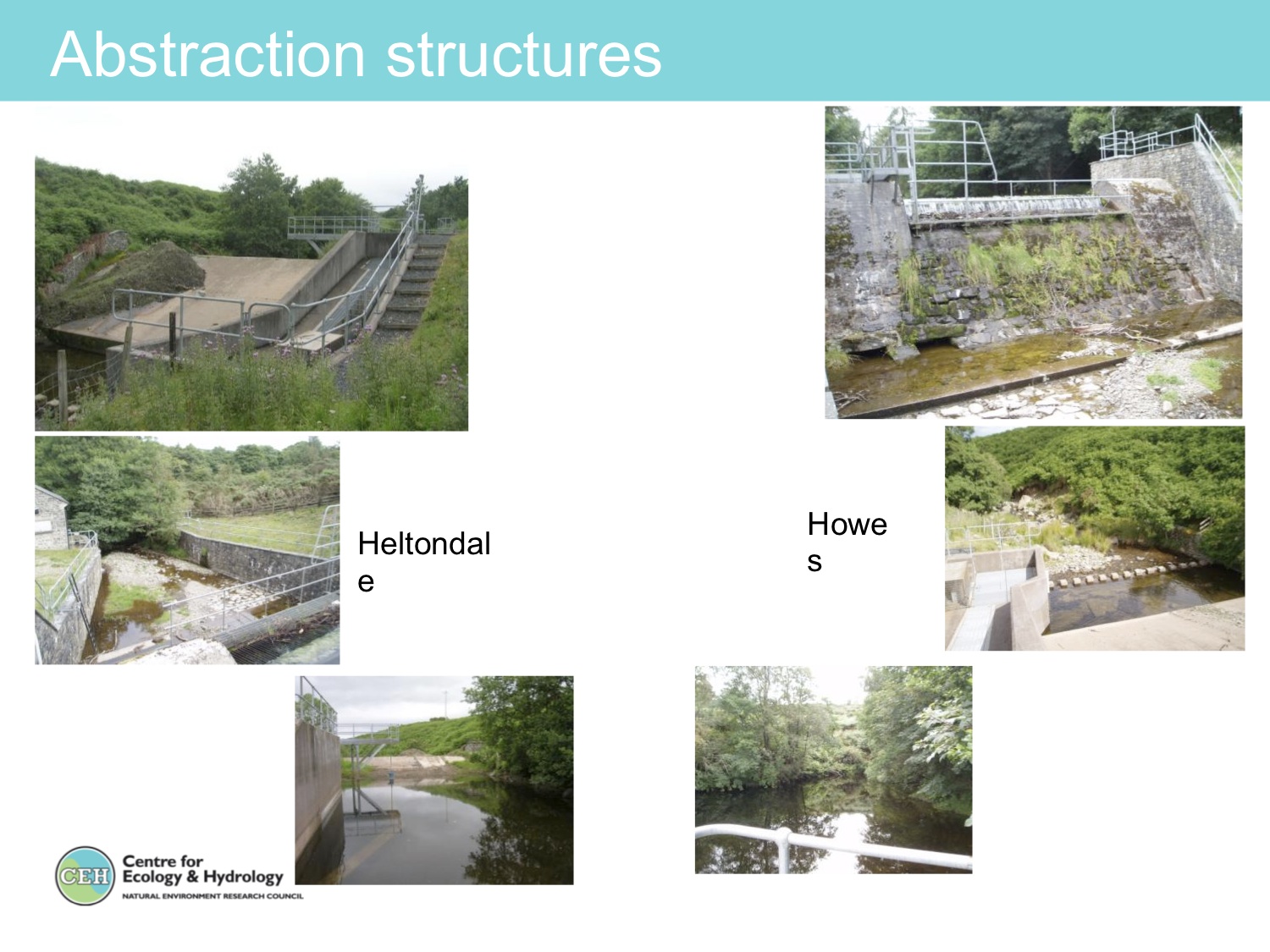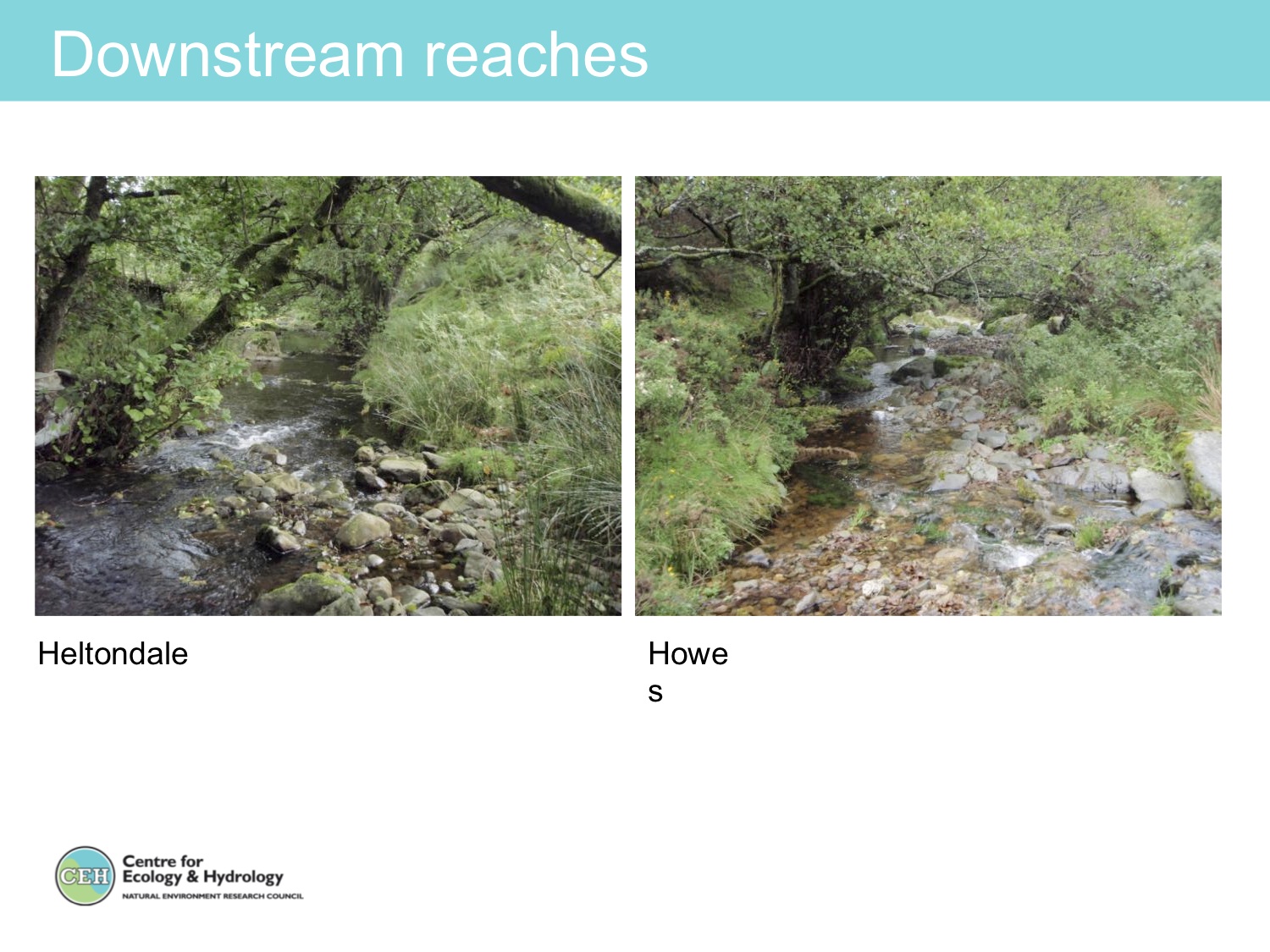BugData (2020)
Duration: 10’40
Format: Algorithmic audio-visual
bugData (2020) is an audio-visual composition reflecting the impact damming has on our waterways. By studying the migration and displacement of non-human species. Achieved by electroacoustic practices of data visualization and sonification to form an audio-visual composition. The aim of the piece is to bring awareness to the life cycles of unseen creatures that inhabit waterways. bugData (2020) extracts data from macroinvertebrates samples gathered from the dammed tributaries of Haweswater reservoir situated in the Lake District in the North West of England. Hydrologists evaluate a river’s health by measuring the migration of fresh water-based species.
A custom-designed audio-visual algorithm was programmed to access and distribute data across a computer network. 112 water-based species are identified by a unique sound tag mapped onto a virtual map. The listener is able to select a region to hear and see the variation of macroinvertebrates species from abstracted waterways.
The piece is performed using a live coded audio/visual algorithm that displays maps, computer generated images and hand drawn sketches. Alongside this is an electronic score that replicates the typology of species.
The data is kindly supplied by Dr. Francois Edwards of the Centre for Ecology and Hydrology.
1. bugData (2020) mp3 (Sound Stem).
Figure 1. Video excerpt of bugData (2020)
Figure 2. bugData (2020) video screen grab
Figure 3. bugData 3 live studio version recorded at Thought Universe Studios in Manchester during lockdown of the Covid 19 pandemic in June 2020.
Commissioned by Art in Flux: an independent not-for-profit arts organisation based in London.
Abstract
bugData explores the inherent spatial properties of ecological data through the composition of audio-visual music. As the Earth faces rapid climate change its imperative that a revaluation of art and science takes place in order to better communicate ecological concerns. My artistic practice is dedicated to providing a body of work that reflects ecological transformation as nature as process.
Bibliography
Latour, Bruno, Down to Earth: Politics in the New Climate Regime, Trans. by Catherine Porter, Polity, 2018.
Schellnhuber, H. J. ‘Earth System’ analysis and the second Copernican Revolution, 1999. Nature, Vol 402, (1999), 19-23
Appendix: Additional Information
Order in society and nature has become a political revolution were subject becomes a paradigramtic shift towards inventing a multplicity of disciplines. Extract from Anthropocene HKW Lecture: Bruno Latour (2018)
Hobbs sense of political tradition – Richard Powers The Other Story – a story of our poltical relationship to trees.
What is a macroinverbrate?
Codex Seraphinianus by Luigi Serafini
